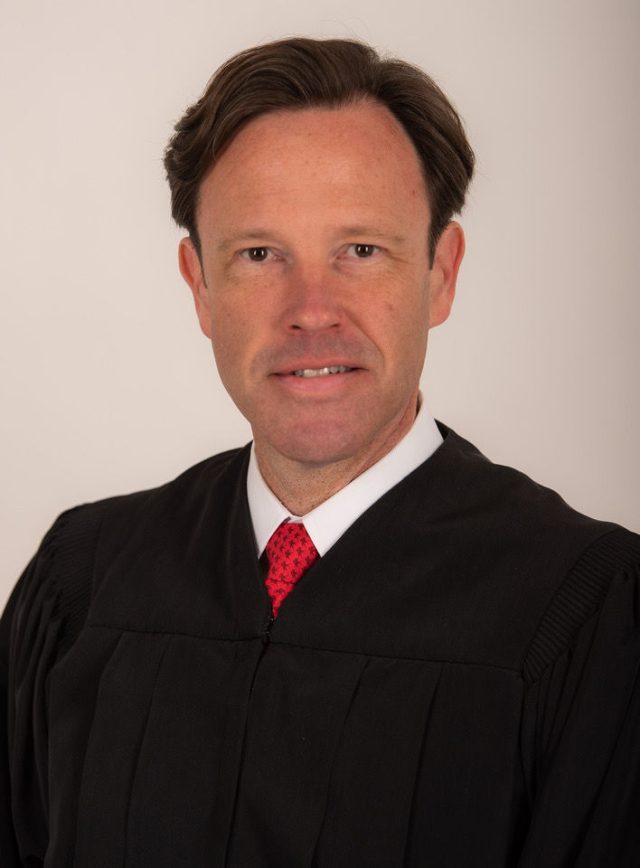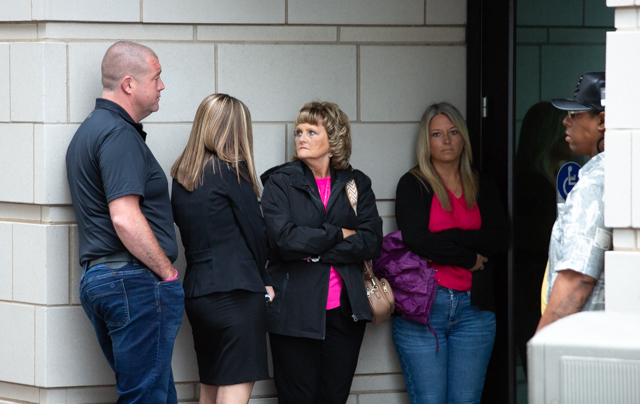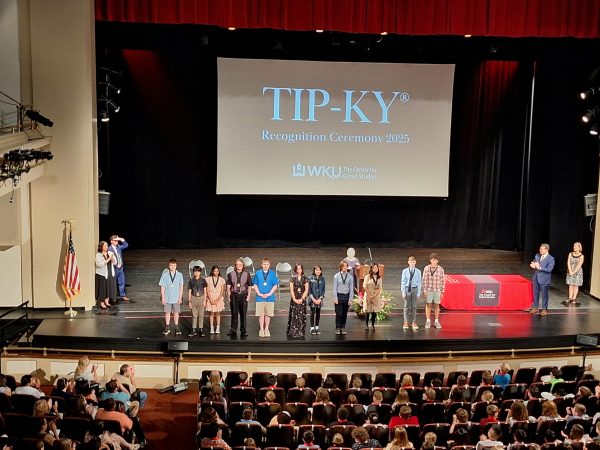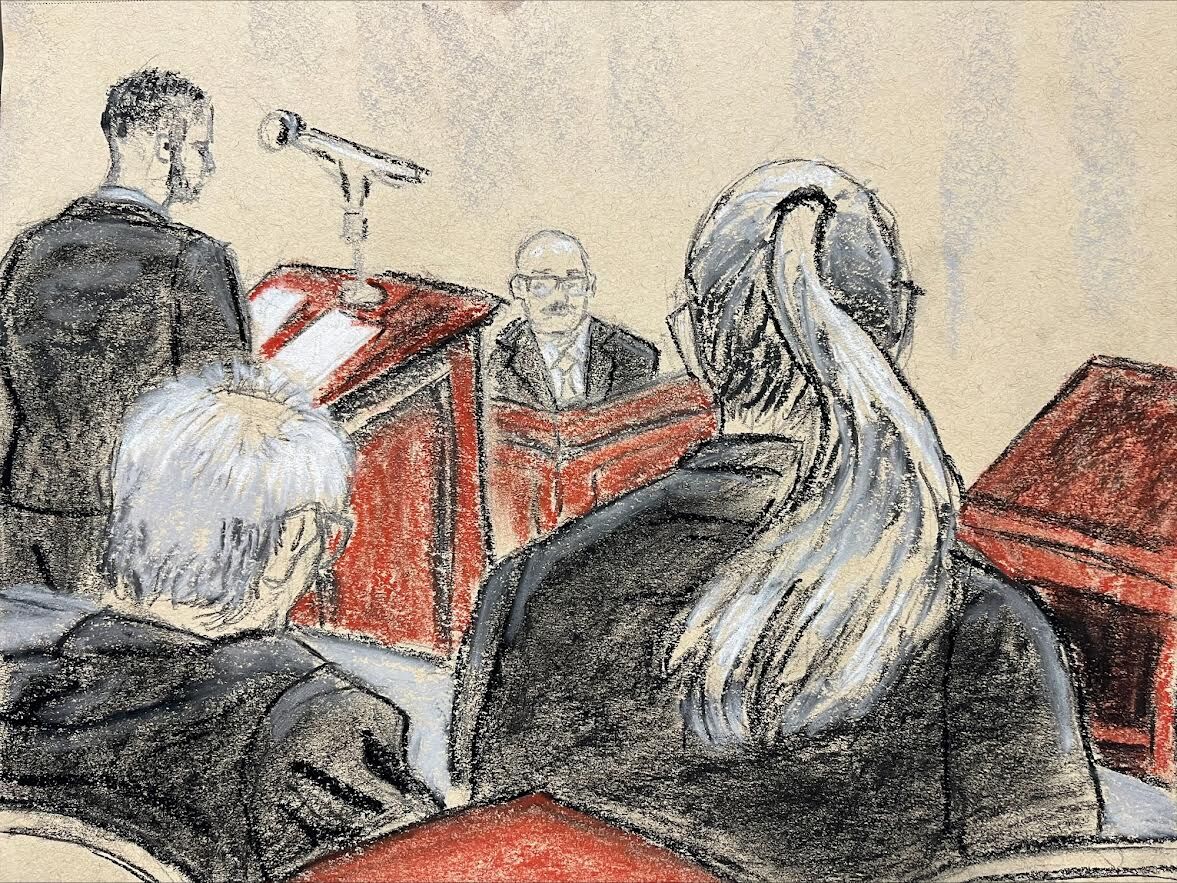Forbidden City offers glimpse of innovation
Published 11:39 am Friday, June 13, 2014
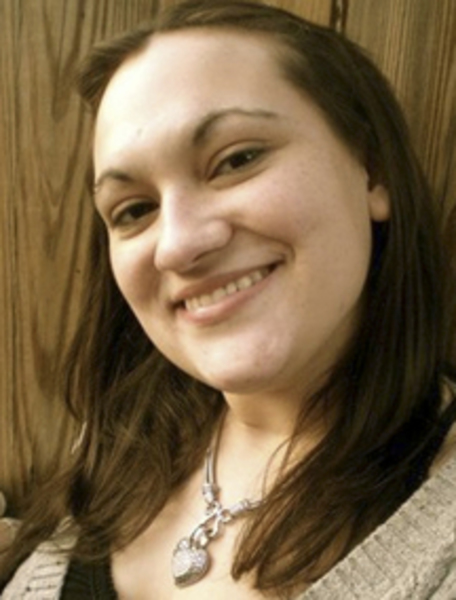
- Katie Brandenburg
BEIJING — Chinese emperors who lived their lives in the Forbidden City in central Beijing used to order their women for the night through what seems like the ancient Chinese equivalent of a menu – writing down the name of the desired wife and ushering her through a side door to the building where the emperor lived.
That is, at least, how our tour guide at the Forbidden City on Thursday afternoon described the process.
Thinking about it, it may be the only way a person could handle multiple spouses. It takes – one would imagine – a certain amount of innovation.
It’s a silly example, and I’m not certain it’s true, but innovation is something Chinese culture seems to possess a lot of, both historically and in present day.
The Forbidden City was built in the early 1400s, when the Americas were not yet a gleam in Christopher Columbus’ eye.
It was constructed over the course of about 14 years. The extent of the complex is astonishing. It is purported to have 9,999 rooms in multiple buildings. The emperor is said to have had many bedrooms so he could sleep in a different room each night and avoid any assassination attempts.
It really is like a small city unto itself nestled in the heart of the immensely larger Beijing.
There are buildings where the emperor held court, where he drank tea, where the empress lived and where the emperor’s other wives lived, among numerous others. And the importance or stature of each building is denoted by the number of little animal figures that line the end points of each rooftop.
The buildings were designed to aid airflow to keep them cool in times of hot weather. Another system used hot coals to heat buildings and keep them warm in the winter.
The city is a wonder, but it is a rather ancient innovation.
I think when tourists consider Beijing, they think of these old things – the Forbidden City, the Great Wall, haggling down the price of a knock-off handbag at the Silk Market.
All those things are here, but the city is also a center of business. It has skyscrapers and tech companies and is so huge that there are times it leaves me feeling overwhelmed.
My hometown is dwarfed by it. I graduated with a high school class of 70 people, but yesterday I visited a school with 4,700 students.
When we first arrived in Beijing and checked into the hotel, I had a hard time figuring out how to turn on the lights. As it turns out, you have to place your keycard into a slot near the door for any of the power in the room to work. And you can’t take it out. If you do, I now know from experience, you will find yourself stumbling around in the dark.
I’ve never seen such a thing anywhere else, but it’s a handy way to keep forgetful guests from leaving all the lights in their room on and wasting power.
While here, I got the chance to talk to Wei-Ping Pan, who is assistant to the president at Western Kentucky University and director of the Confucius Institute there.
He was wrapping up a trip to Beijing to work on a project to reduce air pollution in the city.
The air pollution standards that China has set for itself are actually stricter than those in the United States, he told me.
Now it is a matter of implementing new, innovative technology to reach those standards.
— Follow government beat writer Katie Brandenburg on Twitter at twitter.com/BGDNgovtbeat or visit bgdailynews.com.


